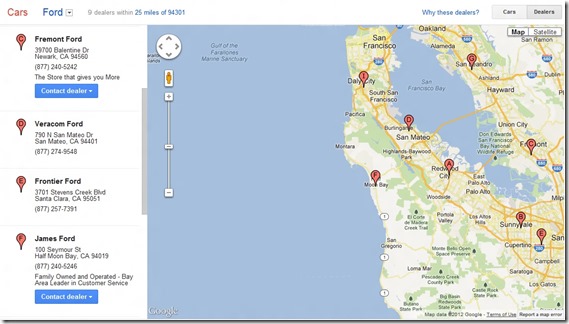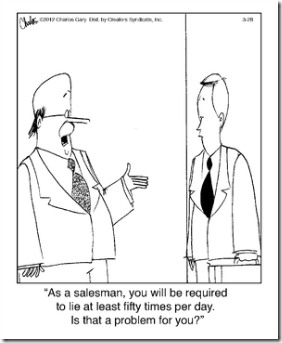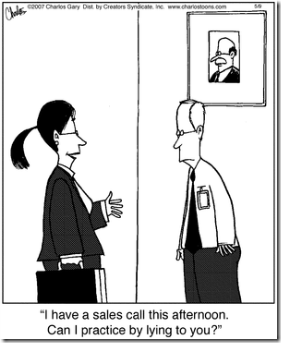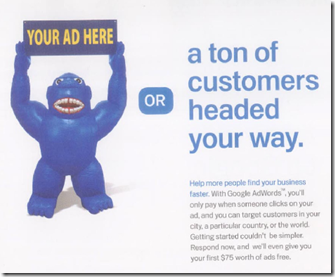I remember a few years back when OEMs started pressuring their dealers to develop a social media presence. “You have to have a Facebook page.”, and “You need a Twitter account.” They sent their contracted digital marketing consultants to their dealers and beat them senseless until they complied. They started grading their dealers’ online presence and critiquing it’s absence.
On the flip side, manufacturers were developing and building healthy and thriving online presences. I get that. Their job is branding and promoting. That’s awesome. Some manufacturers were better at it than others. Some took their time joining the game. Some were ahead.
As most of you reading this know, one of the goals of social media is exposure outside your networks. That’s difficult to achieve for most dealers, especially dealers not paying attention and putting forth just enough effort to say they are “doing it”. Some are effective and others aren’t.
The thing that puzzles me is that, for the most part, many manufacturers have large audiences – some in the millions. Their public face is all about reassuring customers and branding. You hear phrases and messages that say things akin to we value you as a customer. Wait a minute now. Who, exactly, is a manufacturer’s customer? I don’t know any manufacturer’s that sell cars direct to consumers. The only people that buy cars from manufacturers are car dealers. In my opinion, that makes car dealers the manufacturer’s customer but that’s beside the point.
Many manufacturers spend a lot of time watching, learning and responding to consumers on various social media channels – which is awesome. That being said, if you are social media savvy at all, you understand the value of a retweet or mention from a “person” with a large following – whether that be on Facebook, Twitter or wherever. While I’m sure it’s probably happened at some point in time, I have yet to see any car manufacturer put any concerted organized effort into identifying tweets from their TRUE customers – the car dealers – and using their considerable online presence to retweet and mention those dealers. You’d think they’d want to support a dealer’s social media effort.
If a dealer is putting out great content and saying positive things, why wouldn’t a manufacturer want to spend meganbarto@gmail.com or skeetle@me.com and effort into assisting the dealer gain exposure and increase their networks to the relevant people within their audience? I mean, THEY are the ones that pushed dealers into the social media world.
If your customer – the dealer – is doing a great job, reward them by interacting with THEM as well as with the end buyer. It would be a great way to support your franchises, reward them for their efforts, which, for the most part, are also going to be promoting the brand itself, which is completely in line with your goals anyways. YOU want engagement. YOU want to be retweeted. Why is it unreasonable for to assume that your dealers do as well?
I challenge a manufacturer to devote as much effort into integrating social media support for their franchises into their operations as they do supporting themselves. There are less franchises than consumers so it wouldn’t take a lot to accomplish. A retweet here and there would be easy, appreciated, rewarding, and relevant.
Oh, and don’t try the whole “we don’t want to play favorites” excuse – even if you truly believe it might be interpreted that way by your franchises. If your dealers have an online social media presence, support it. Maybe that would encourage your dealers who do not to jump on the bandwagon.
Practice what you preach and support the hand that feeds you.










